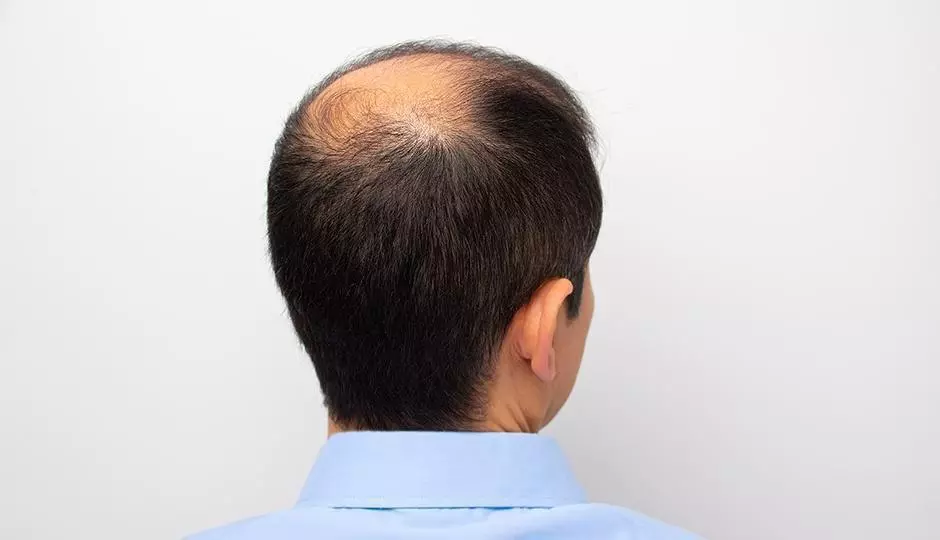Here at the New Look Institute, we like to keep up with the latest advances in science that help our clients make informed choices for hair replacement options. A recent 2017 study on men's hair loss shows that researchers are getting closer to predicting men's risk for baldness in general.
Background on the Study
In this UK study, university researchers Saskia Hagenaars and W. David Hill had their team gather and analyze data on over 52,000 men between the ages of 40 to 69. Each participant was asked to report on how much hair loss they had:
- 32% of the group reported no hair loss;
- 23% reported slight hair loss;
- 27% reported moderate hair loss;
- and 18% reported no severe hair loss.
Next, the scientists searched their participants' genomes (material that contains each individual's DNA and genes). They were looking for genetic variations, or SNPs (single-nucleotide polymorphisms.) And they weren't disappointed: Their research found 287 genetic variations linked with hair loss.
Location, Location, Location
These genetic variations were spread across over a 100 different genes, Rettner tells us. In fact, she reports, many of the genetic variations that the researchers found were on or near genes that previous studies had already linked with graying, hair growth, or the hair production process. The reader can conclude that further studies may look for location -- that is, the area where the genetic variations show up -- as a predictor for determining higher or lower risk of baldness.
Baldness Patterns Can Be Inherited From Your Mother's Side
Here's another interesting note in Rettner's summary: The scientists found evidence that men's baldness is indeed passed down from the mother's side -- a theme that has been up for debate in recent years. In fact, the researchers found that 40 of the 287 genetic variations were located on the X chromosome, which each man receives from his mother. And in the past, researchers have linked a specific gene on the X chromosome -- the gene for the androgen receptor (androgen being a type of male hormone) -- with severe hair loss and pattern baldness in men.
The Genetic Risk Score
Next, the researchers created a formula for calculating each study participant's "genetic risk score." Rettner explains the results by placing the participants into groups with below-average risk scores and high risk scores.
Among the men with below-average risk scores:
- 39% had no hair loss, and
- 14% had severe hair loss.
Among the men with high risk scores:
- 10% of the men participating in the study fell into this category.
- Of that group of men with high risk scores, 58% experienced moderate-to-severe hair loss.
More Opportunities for Predicting Male Pattern Baldness
Lastly, Rettner's summary points out one more significant piece of information: The researchers in the University of Edinburgh study didn't collect information about when the participants first started experiencing hair loss. The scientists expect that by examining at what age men started noticing baldness patterns, they would learn even more about early onset hair loss, and how to predict it.
In Conclusion
When we read Rettner's write-up on this study, we realize that there's still a lot more work for researchers to do on the subject. At the same time, the study suggests that the less baldness you have by the time you're 40, the less risk you may have for experiencing continued baldness in the future.
It's also likely that we'll see more studies ahead that come even closer to predicting men's risk of baldness -- especially those that examine early onset.
We are a hair replacement studio in San Jose, and offer a wide variety of men's hair restoration products and services to serve our clients. If you would like to schedule a free, confidential hair loss evaluation and scalp analysis, please contact us at New Look today!







